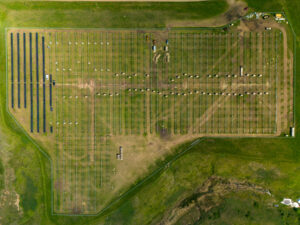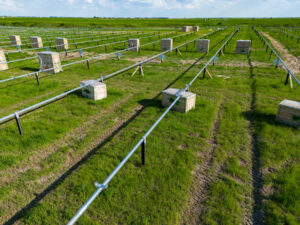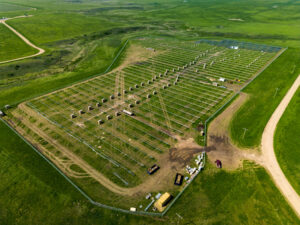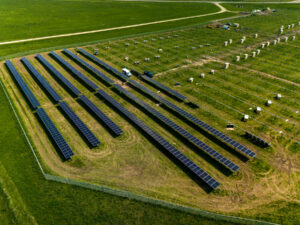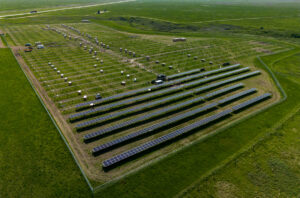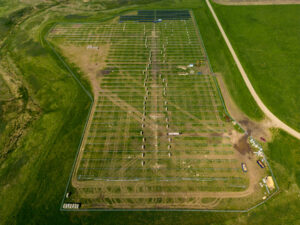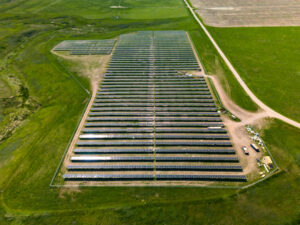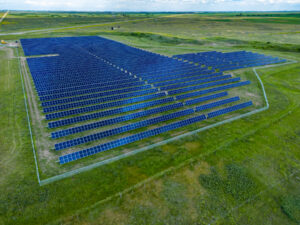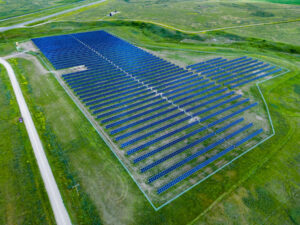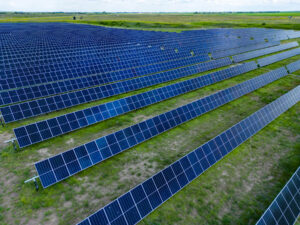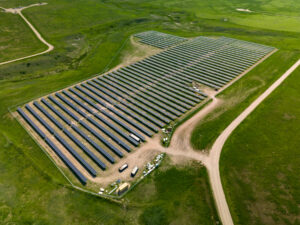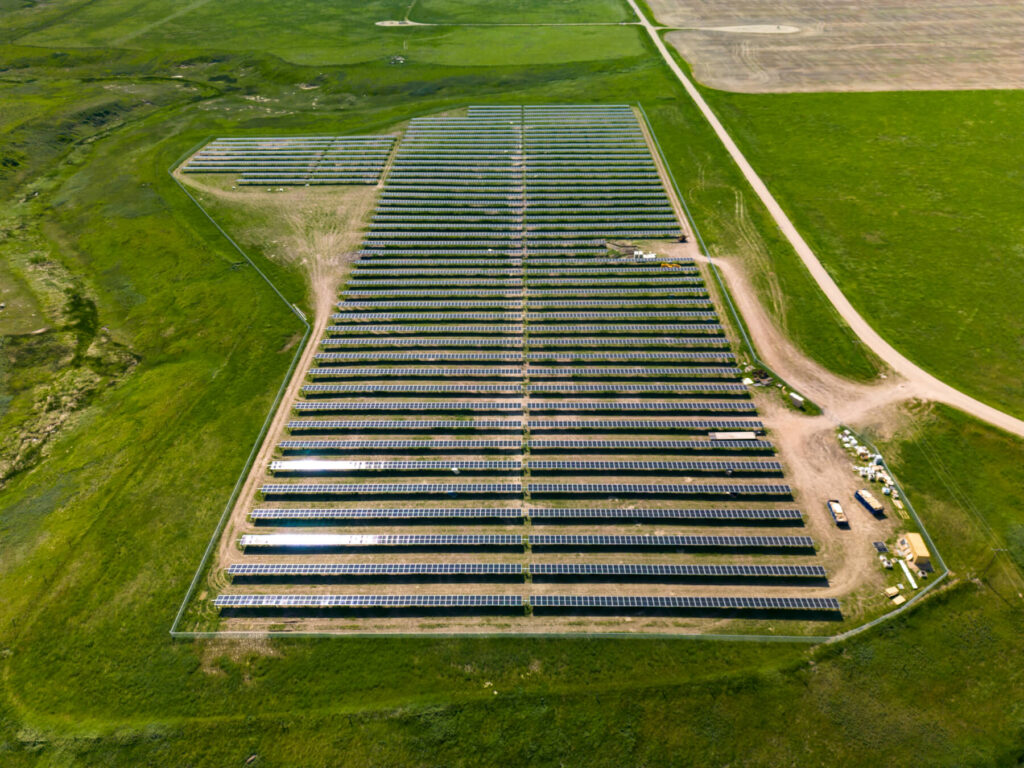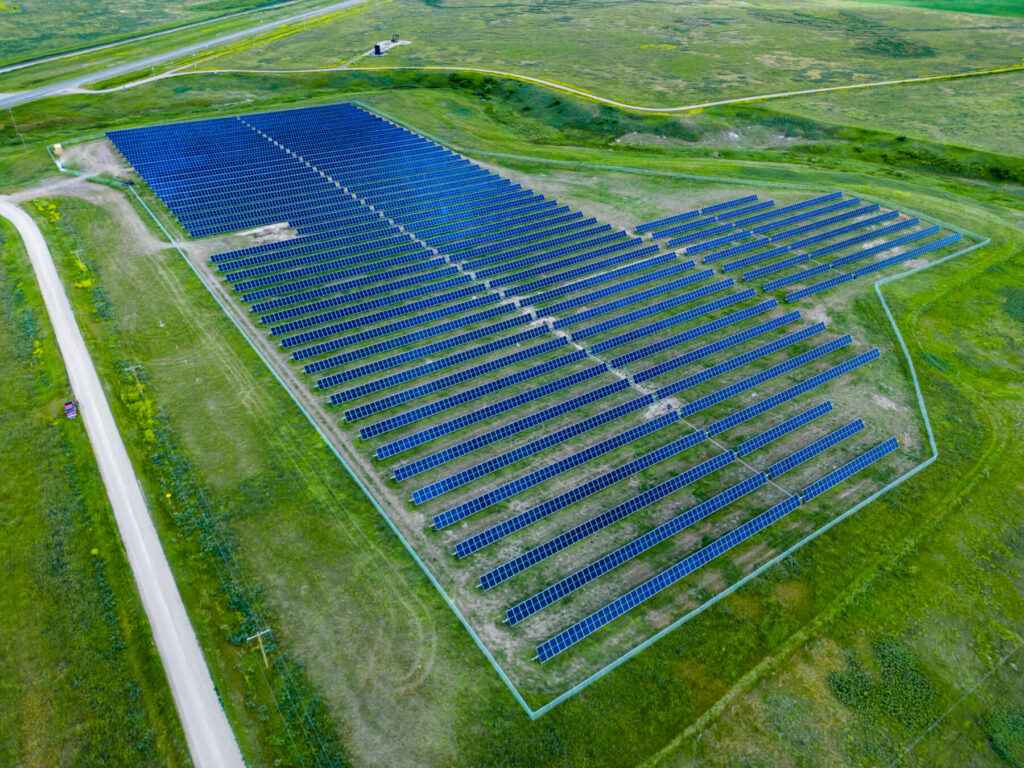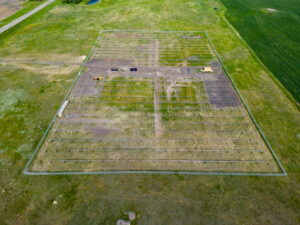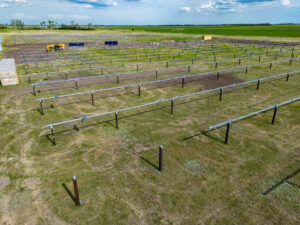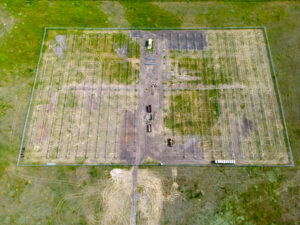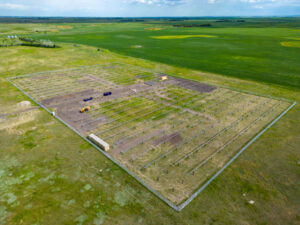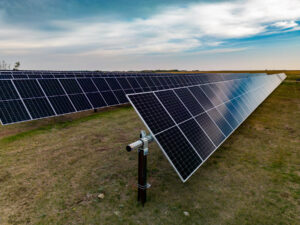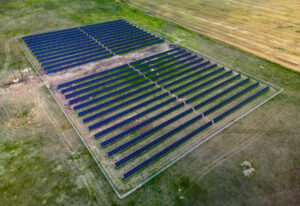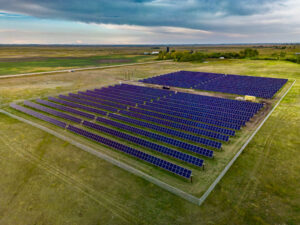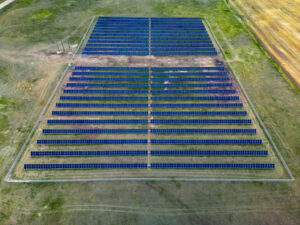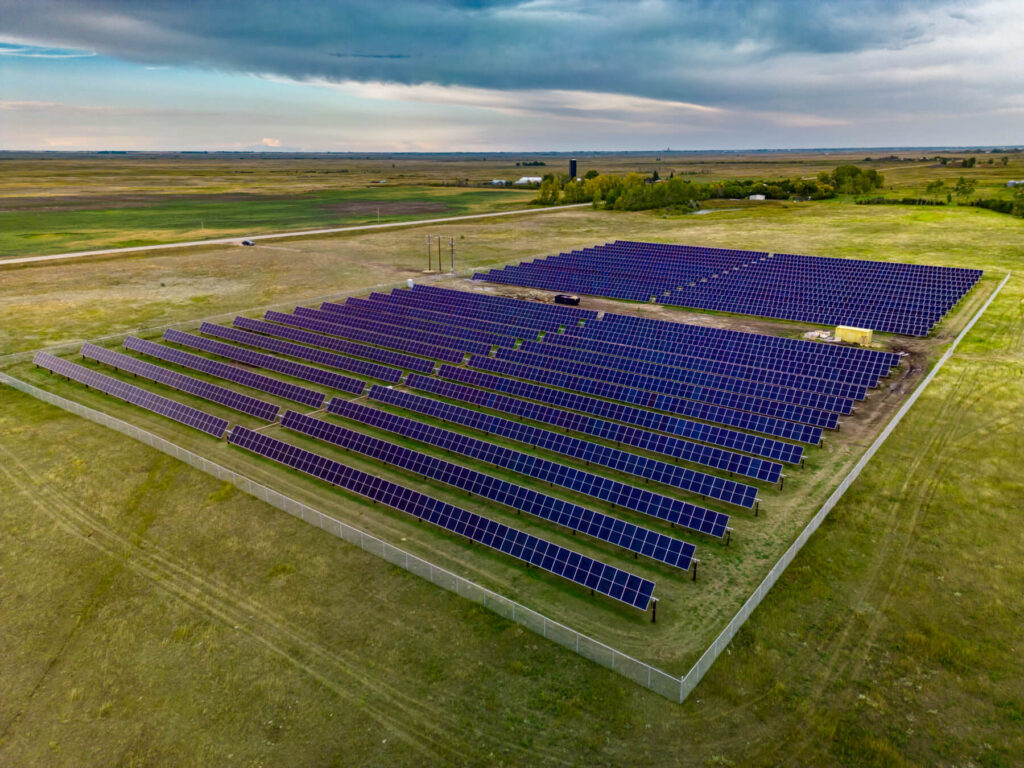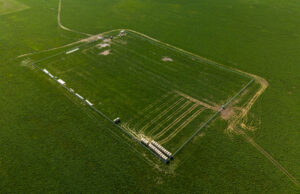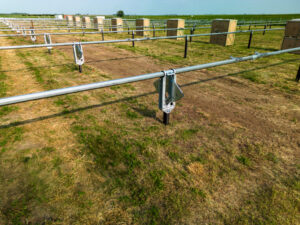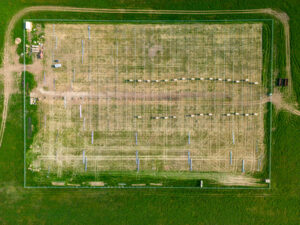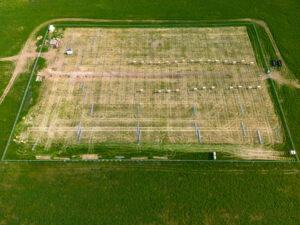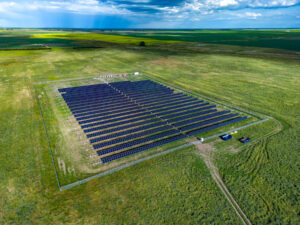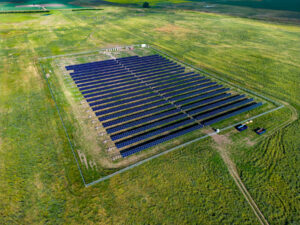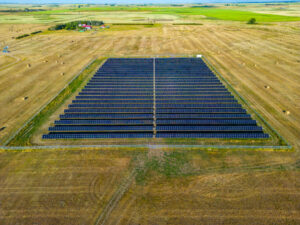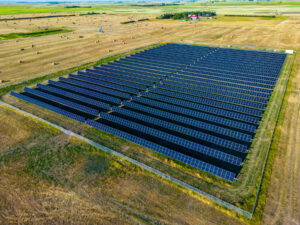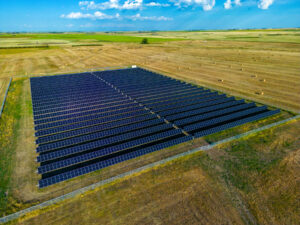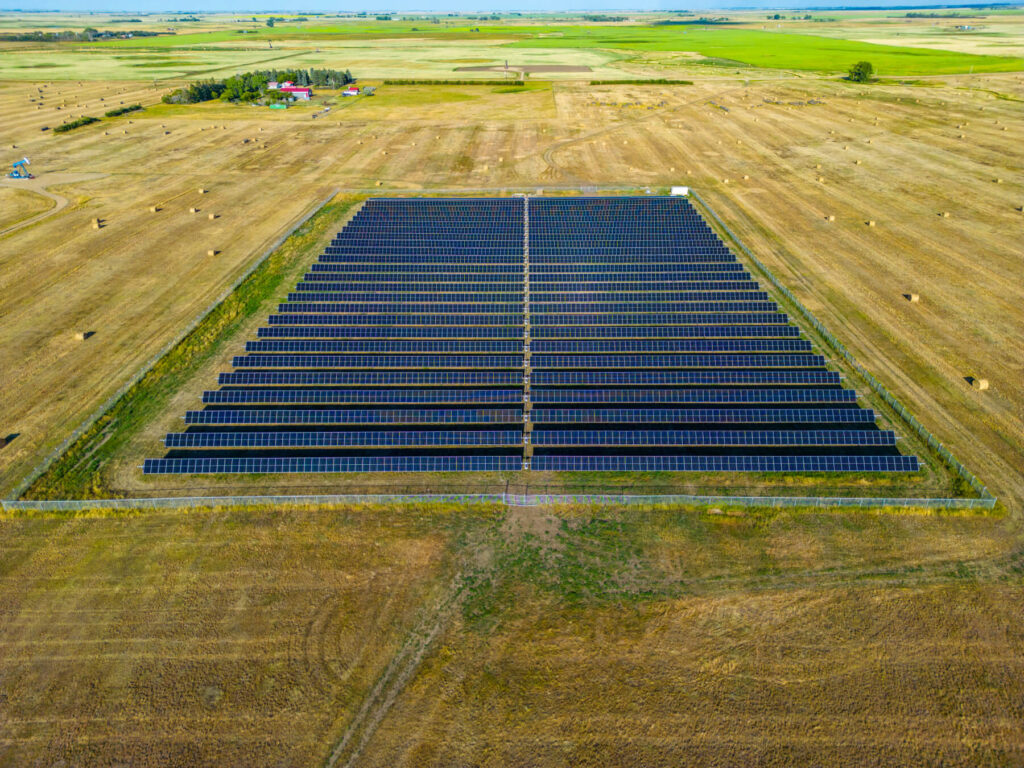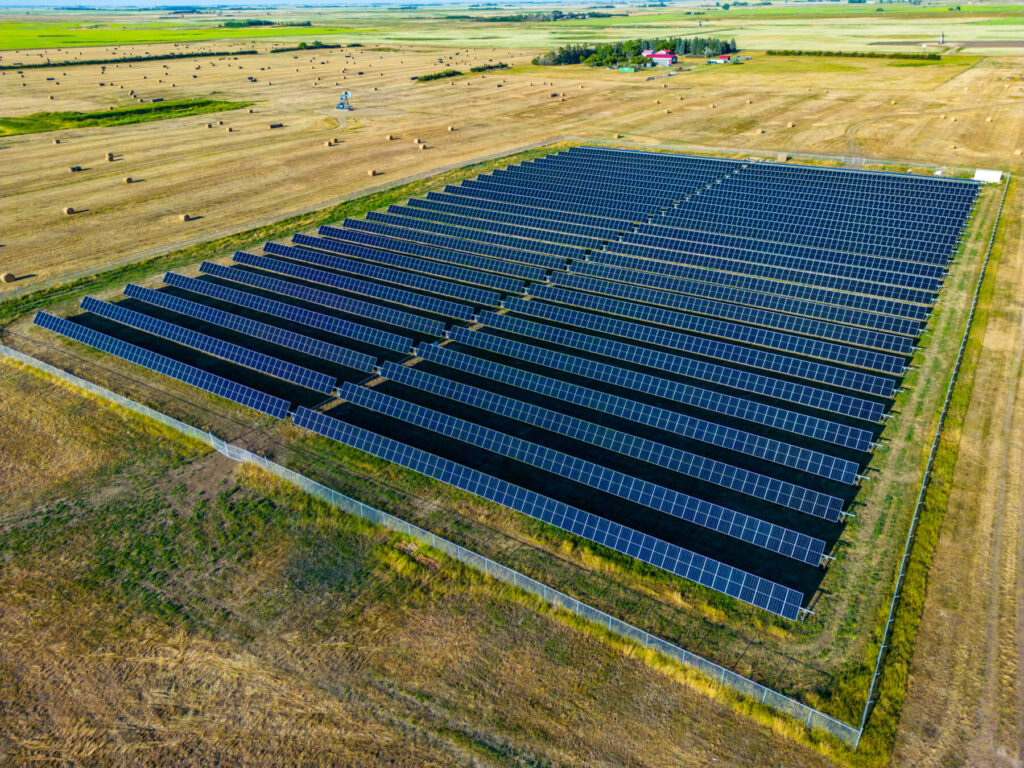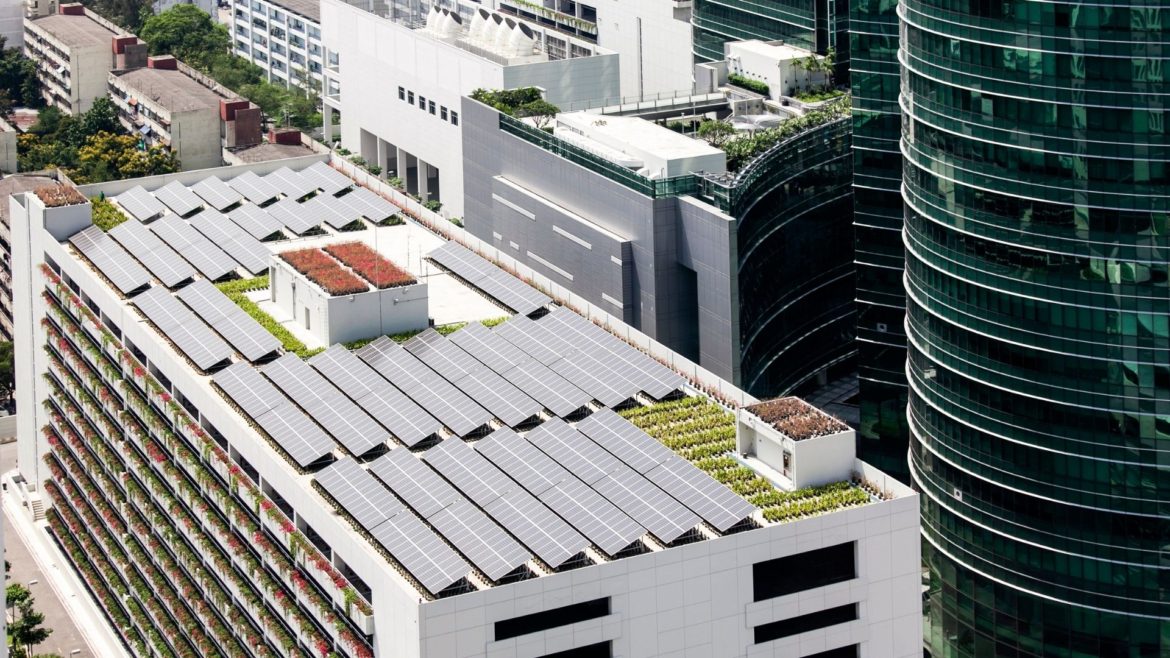Meet & Exceed Toronto Green Standard Version 4 Requirements With Solar
With the newest Version 4 implementation of Toronto Green Building Standards (TGS) right around the corner (coming into effect May 1, 2022), sustainability is top-of-mind for Toronto building developers and engineers. The good news is that Toronto is one step closer to reaching its 2030 goal of zero-emission buildings and its 2050 goal of city-wide greenhouse gas reduction. However, it also means increased pressures and stricter guidelines for Toronto builders planning new developments.
The Role of Solar in the Zero Carbon Building Standard
In light of the recent Carbon Tax being ruled constitutional and the Federal Budget’s $17.6 Billion dollar allocation towards the Green Recovery Plan, there is a great incentive for commercial real estate owners and architects to design and operate Zero Carbon Buildings. Since 2016, the Canada Green Building Council (CaGBC) has worked to champion the move to lower-carbon commercial, institutional and high-rise residential buildings in support of Canada’s efforts to mitigate the effects of climate change.
2021: A Bright Outlook for Solar and Renewables
With the days getting longer, the sun shining brighter, and a year of COVID under our belts, it’s a great time to observe the state of renewable energy in North America and explore some recent developments.
Despite a pandemic, Renewable Energy has been thriving in Canada and the USA. Canada had significant growth in solar, wind and energy storage projects in 2020, setting the stage for significant growth in 2021 and beyond. In the United States, 2020 was a record year for solar, becoming the fastest growing sector in the country, with installations on track to quadruple by 2030.
Without further ado, here’s what’s been going on in the world of Renewables in North America:
Impact of Ontario Budget on Solar NEM Economics
On November 5, 2020 the Ontario government released a delayed 2020 budget, Ontario’s Action Plan: Protect, Support Recover. The budget outlines a number of actions that the government will undertake to support individuals and families in light of the unprecedented COVID-19 pandemic.
A Bird’s Eye View – 2020 FIT Program Solar Construction
In 2020, during the pandemic, Compass helped to manage the construction of 4 separate 600 kW projects under Ontario’s Feed-In-Tariff (FIT) program. For these projects, we utilized bi-facial modules (that can absorb sun from both sides of the panel) and Single Axis Trackers (trackers that rotate to follow the sun across a single axis) to maximize production and profit.
Bifacial Solar Panels Offer Lowest Levelized Cost of Energy for Solar
Bifacial PV is currently a hot trend in solar. While bifacial panels are still more expensive than traditional monofacial panels, they offer a significant increase to energy production in the right circumstances. This means a quicker payback and a lower Levelized Cost of Energy (LCOE) for the solar project. In fact, a recent study conducted by Joule shows that bifacial-1T installations (meaning a bifacial solar array mounted on a single-axis tracker) increase energy yield by 35% and reach the lowest levelized cost of electricity (LCOE) for the majority of the world (93.1% of the land area).[1] These numbers are likely to improve as production costs continue trending downward and new efficiencies in the technology are discovered.
How To Size a Solar Net Metering System For Your Business
You have made the decision to go solar. You want to reduce your costs, become more energy independent and reduce your carbon footprint. You have an available roof space, field, or parking area (i.e. solar canopy) that can be used to host your solar net metering system. Now you need to determine what is the right size for your solar system. This blog will walk you through the most important considerations when determining how to design a correctly-sized solar system that will optimize your investment.
CAIF is sweet but don’t bet the solar farm on it!
Background on CAIF and Solar
A few weeks ago, the Federal Government’s Environment and Climate Change Canada (ECCC) released the Applicant Guide for the Climate Action Incentive Fund (CAIF) and opened the application window via their Single Window Information Manager (SWIM). The CAIF represents an exciting opportunity for Canadian businesses who are or will be investing in solar net-metering.


